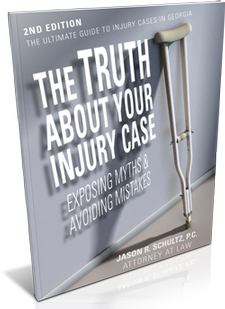In addition to physical evidence and pictures, there are other ways to help prove fault. If there were any witnesses to the crash, they may be able to testify as to what happened. The responding police officer may even provide an opinion on the accident report based on visible damage to the vehicles or other factors.
Keep in mind that the location of damage isn’t necessarily the only element of a car accident case. There could be other ways in which defense may try to prove partial fault even when the plaintiff’s vehicle was struck by the defendant. Call Jason Schultz for legal representation when filing a claim or facing allegations of partial fault for the accident.


